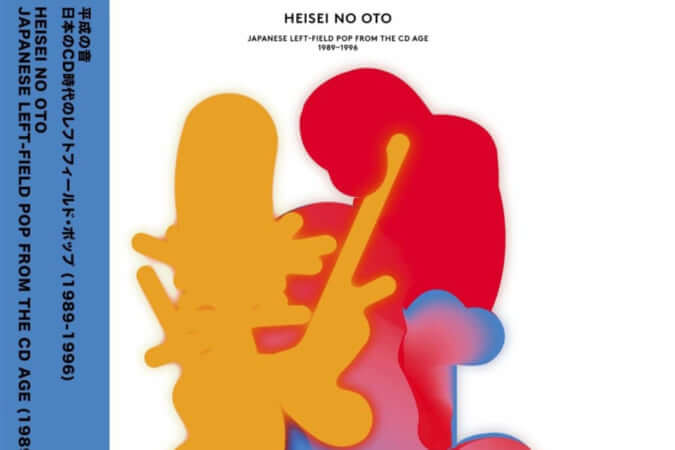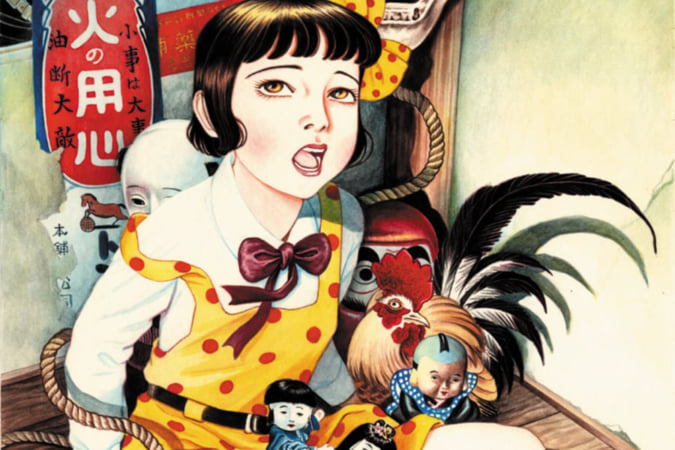Okunoshima, the Island That’s Home to Hundreds of Wild Rabbits
These animals are protected and live peacefully close to humans, as they are accustomed to them and let them approach.
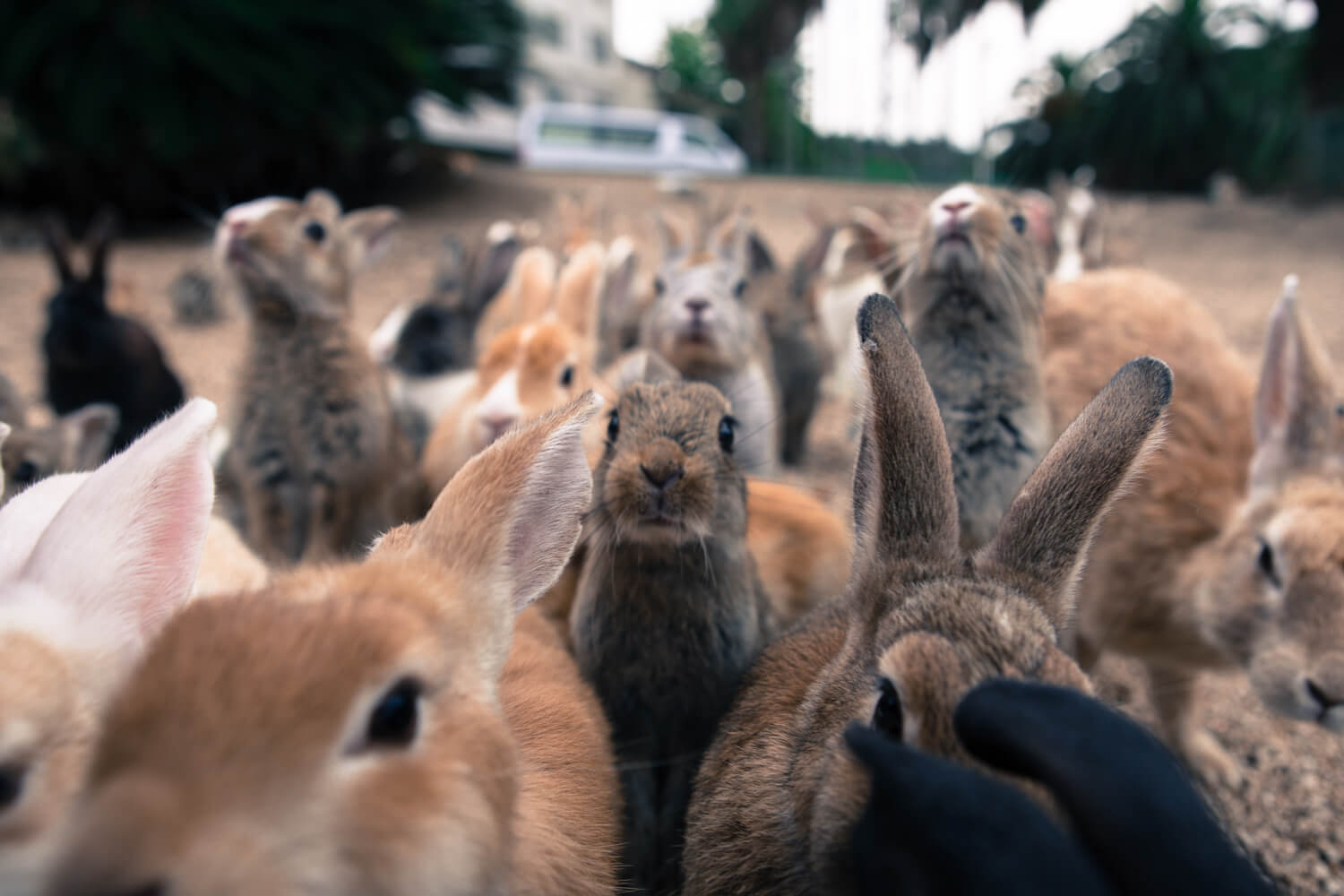
© Kim Bui
Located to the east of Hiroshima Prefecture, Okunoshima Island is teeming with wild rabbits and has been renamed Usagijima, ‘rabbit island.’ Although this unique trait is now part of its charm, it could, however, be a reminder of a less idyllic past.
Several hypotheses have been proposed regarding the origin of this rabbit population. They could be the descendants of rabbits released into the wild by a group of schoolchildren in the 1970s, or perhaps experimental animals that escaped from their laboratory after the Second World War and Japan’s defeat.
An existence free from the dangers of predators
Okunoshima was a secret location where chemical weapons were produced during the war, and more specifically poison gas. Almost 200 rabbits were taken there to test the effectiveness of these gases. This second hypothesis is disputed, however, as some sources attest that the experimental animals were removed upon the arrival of the Americans to the island, taking away the possibility of a more pleasant future for them in the wild. Today, the Poison Gas Museum retraces the unfortunate history of this small island, whose residents’ lives were turned upside down by the pollution and illnesses caused by the factory.
The rabbits lead an existence far less hassled than that of humans, however. There are now almost 1000 of them; this increase in their population is due to the absence of predators, as neither cats nor dogs are allowed on Okunoshima. Hunting is also prohibited. The four-legged creatures are accustomed to the many visitors who come to the island and let them approach, happy to be given a few treats. However, tourists are only allowed to feed them food sold on the island to prevent the rabbits from suffering from indigestion due to eating food meant for humans.
Located just a 15-minute ferry journey from the mainland, Okunoshima is also a place to go for those looking for good luck. Rabbits are known for their particularly high fertility rate, and so are often considered a lucky charm for future births and a sign of blessing for newborn babies.
More information about Okunoshima can be found on Rabbit Island’s website.
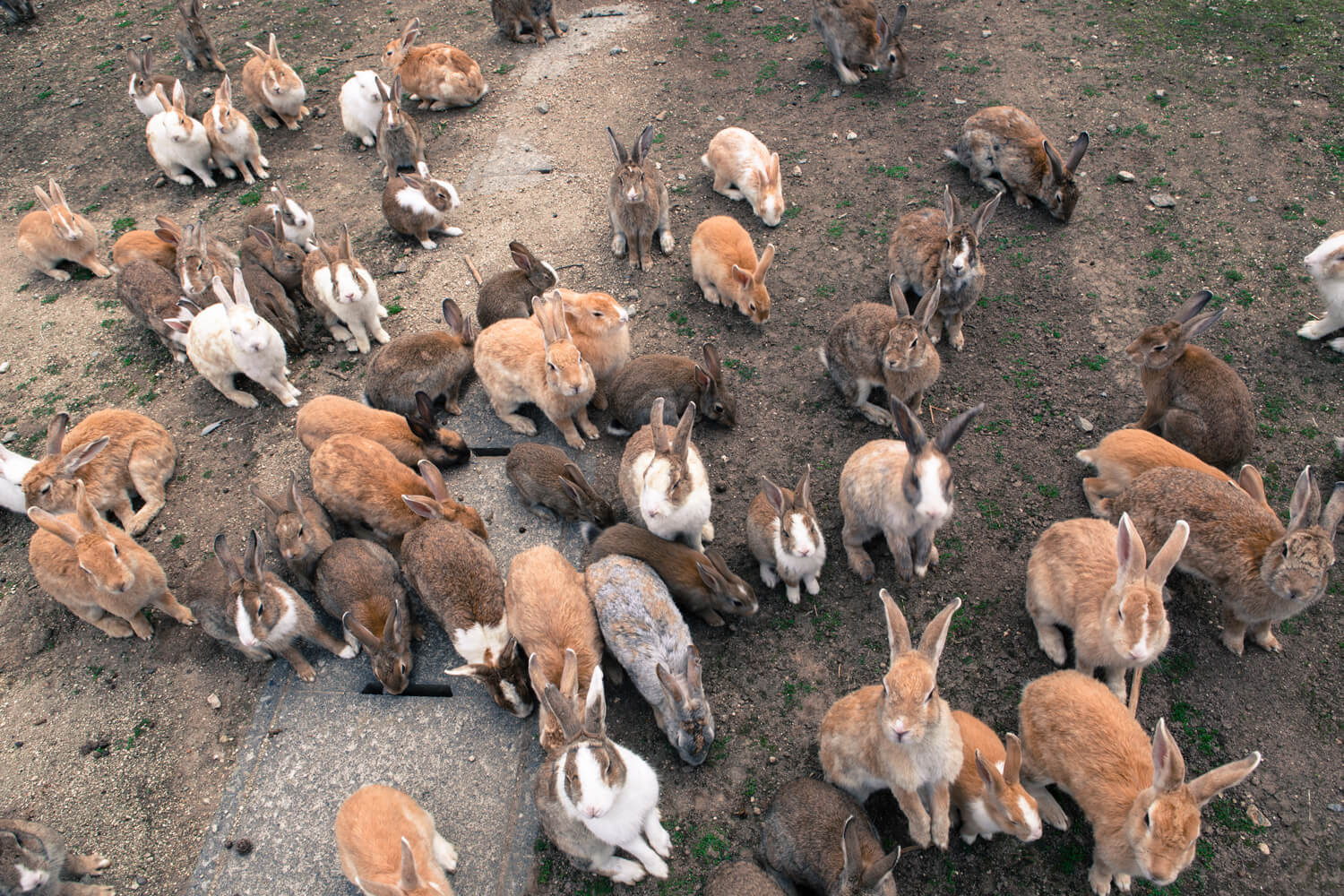
© Kim Bui
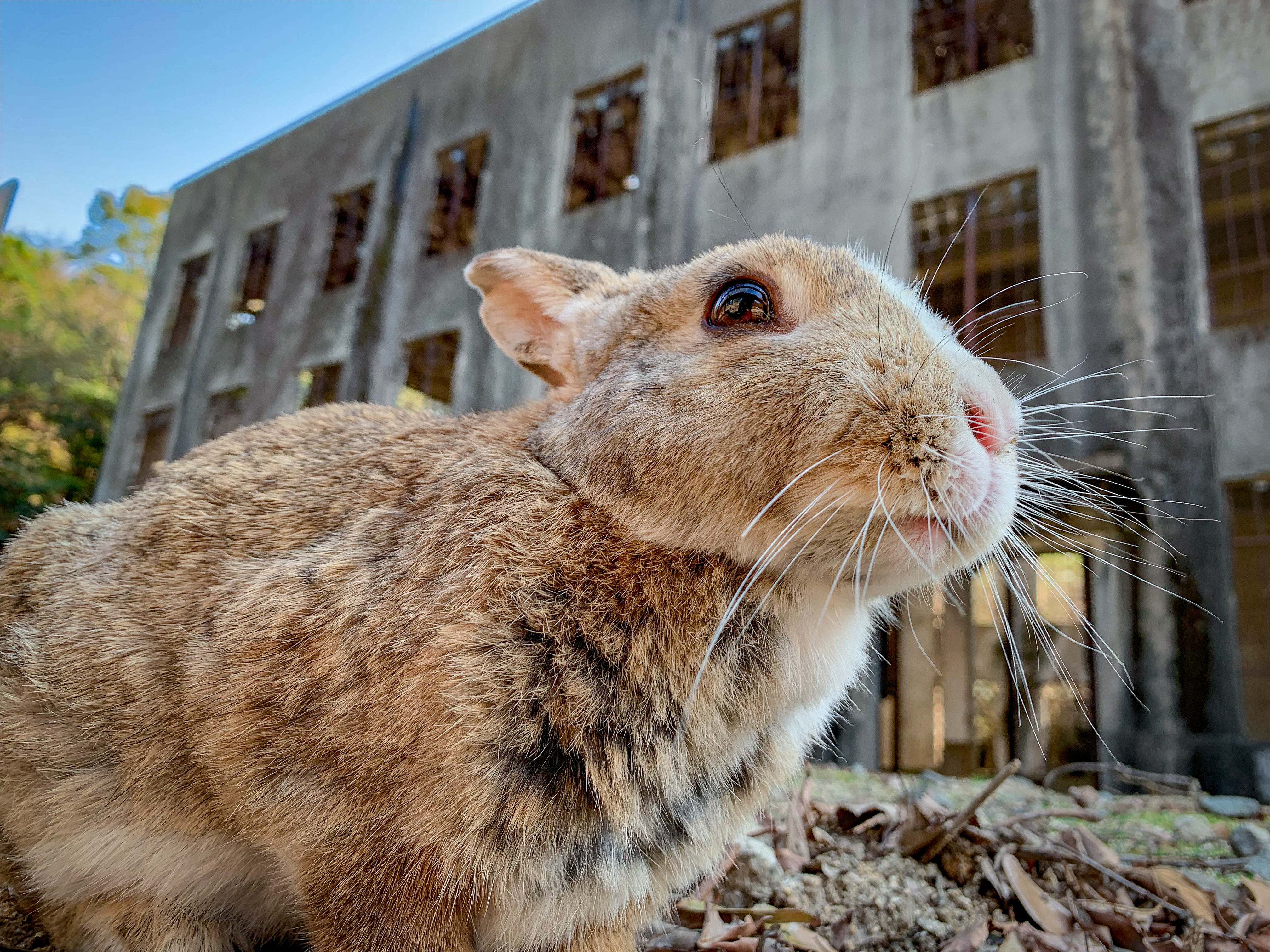
© Tak H

© Asturio Cantabrio
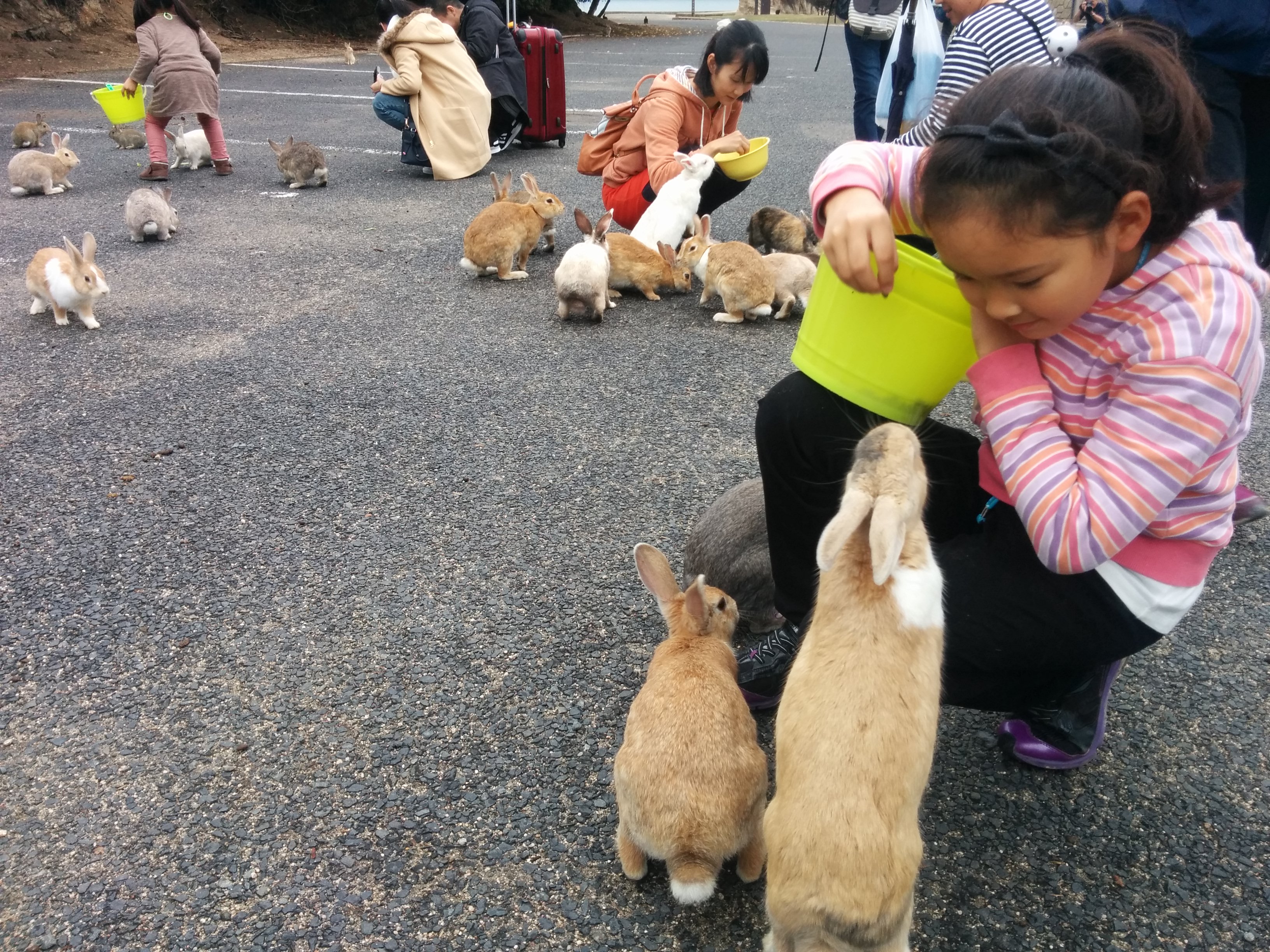
© Jdlrobson
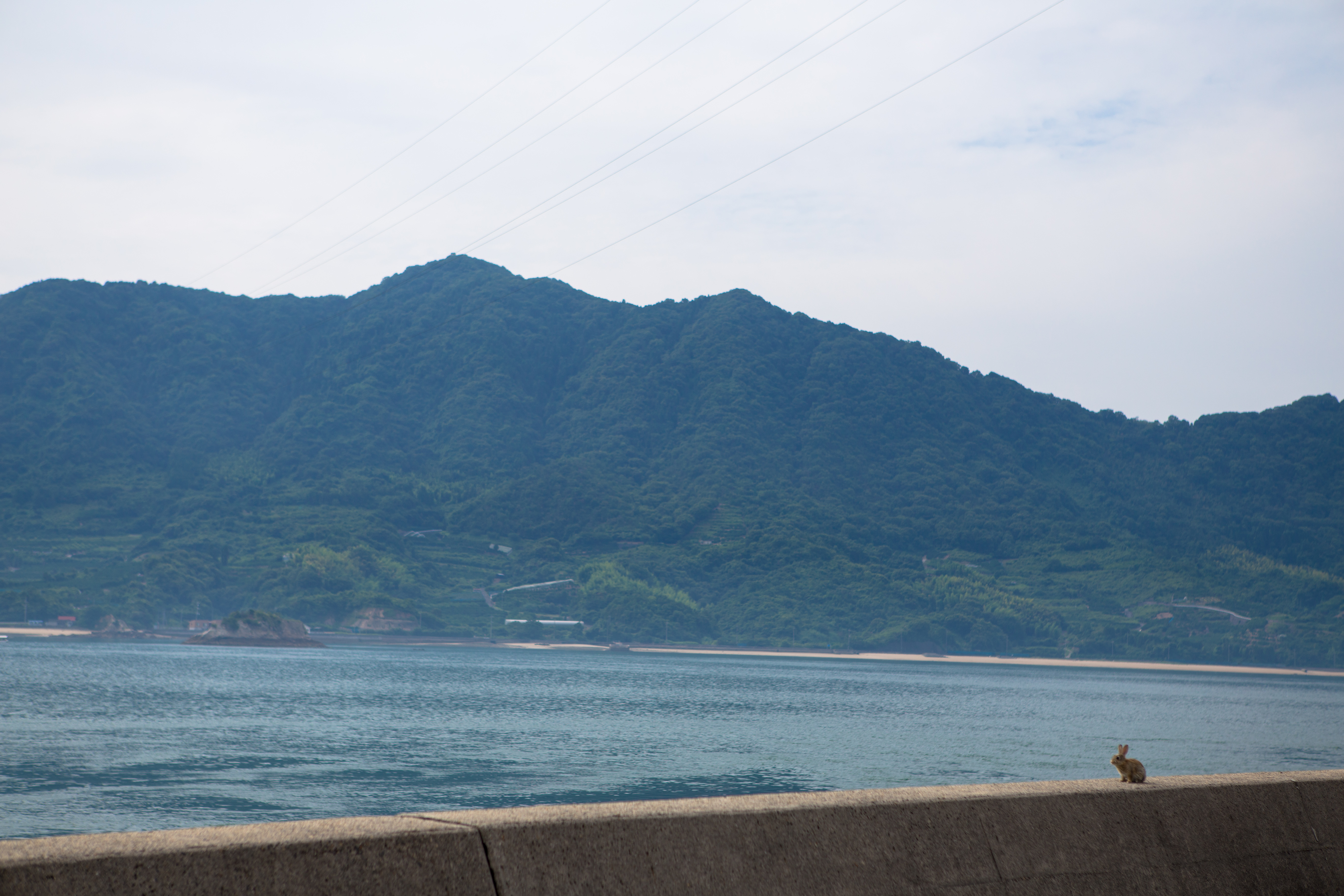
© Kim Bui

© jj-walsh

© Vickerman625
TRENDING
-
The Tattoos that Marked the Criminals of the Edo Period
Traditional tattoos were strong signifiers; murderers had head tattoos, while theft might result in an arm tattoo.

-
The Story of Sada Yacco, the Geisha who Bewitched Europe
Described by Dazed magazine as the first beauty influencer, she has been restored to her former glory since 2019.

-
Chiharu Shiota, Red Threads of the Soul
Last year, more than 660,000 people visited the retrospective 'Chiharu Shiota: The Soul Trembles' exhibit at the Mori Art Museum.

-
Japanese Left-field Pop From The CD Age, 1989-1996
‘Heisei No Oto’, a compilation of hidden gems in the unspoken depths of Japanese pop, reveal blissful moment of technological possibility.

-
‘Shojo Tsubaki’, A Freakshow
Underground manga artist Suehiro Maruo’s infamous masterpiece canonised a historical fascination towards the erotic-grotesque genre.




